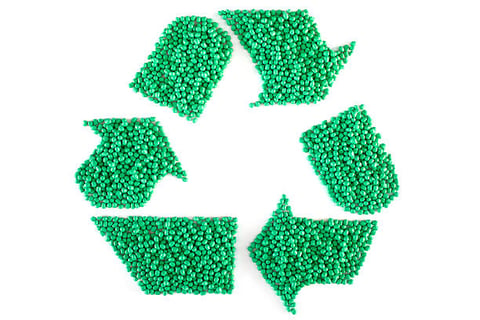Table of Contents

The Growing Demand for Recycled Polyester Fabric
With the increasing focus on sustainability and environmental consciousness, the demand for recycled polyester fabric has been on the rise. This eco-friendly alternative to traditional polyester is made from recycled plastic bottles and other post-consumer materials. Not only does it reduce the reliance on virgin polyester production, but it also helps to divert waste from landfills. In this article, we will explore the various factors that influence the price of recycled polyester fabric.
Production Costs and Process
One of the key factors that affect the price of recycled polyester fabric is the production costs involved. The process of recycling plastic bottles into polyester yarn requires specialized machinery and equipment. The collected bottles need to be cleaned, shredded, and melted down to create a polyester polymer. This polymer is then spun into yarn and woven into fabric. The costs associated with these processes, including labor, energy, and maintenance, contribute to the final price of the fabric.
Availability and Supply Chain
The availability of recycled polyester fabric also plays a role in determining its price. As the demand for sustainable textiles continues to grow, the supply chain for recycled polyester fabric is expanding. However, the availability of post-consumer materials, such as plastic bottles, can fluctuate depending on recycling rates and consumer behavior. Limited availability of these materials can result in higher prices for recycled polyester fabric.
Quality and Performance
When it comes to fabric, quality and performance are important considerations. Recycled polyester fabric can vary in terms of its quality and performance characteristics. Factors such as the thickness, weave, and finishing treatments can affect the overall quality and durability of the fabric. Higher-quality recycled polyester fabric, which undergoes rigorous testing and meets industry standards, may come at a higher price due to the additional processes involved in ensuring its performance.
Economic Factors and Market Demand
Like any other product, the price of recycled polyester fabric is influenced by economic factors and market demand. Fluctuations in raw material prices, such as the cost of plastic bottles, can impact the price of the fabric. Additionally, the level of demand for recycled polyester fabric in the market can also affect its price. As more brands and consumers embrace sustainable fashion, the demand for recycled polyester fabric is expected to increase, potentially impacting its price.
Brand Reputation and Certification
The reputation of the brand and the certifications associated with the recycled polyester fabric can also influence its price. Brands that have established themselves as leaders in sustainability and ethical manufacturing may charge a premium for their products. Certifications, such as Global Recycled Standard (GRS) or Recycled Claim Standard (RCS), provide assurance to consumers that the fabric meets specific environmental and social criteria. Fabrics with these certifications may have a higher price due to the additional costs involved in obtaining and maintaining these certifications.
Scale of Production
The scale of production can impact the price of recycled polyester fabric. Larger manufacturers who can produce recycled polyester fabric on a larger scale may be able to offer lower prices due to economies of scale. They can spread out their fixed costs over a larger volume of fabric, making it more cost-effective. Smaller producers, on the other hand, may have higher production costs and, consequently, higher prices for their fabric.
Geographical Factors
The geographical location of production can also affect the price of recycled polyester fabric. Countries with lower labor and production costs may be able to offer the fabric at a more competitive price. Additionally, transportation costs can vary depending on the distance between the production location and the market. These factors can impact the final price of the fabric in different regions.
Market Competition
Competition among manufacturers and suppliers within the recycled polyester fabric market can impact the price. The presence of multiple suppliers offering similar products can create a more competitive market, leading to lower prices. On the other hand, if there are limited suppliers in the market, they may have more control over the price of the fabric. The level of competition within the market can influence the price of recycled polyester fabric.
Fashion Trends and Design
The influence of fashion trends and design choices cannot be overlooked when considering the price of recycled polyester fabric. The fabric may be used in various fashion applications, ranging from clothing and accessories to home textiles. The demand for specific designs, patterns, and colors can impact the price of the fabric. Additionally, collaborations with renowned designers or fashion houses can also influence the perceived value and, consequently, the price of recycled polyester fabric.
Conclusion
The price of recycled polyester fabric is influenced by various factors, including production costs, availability of materials, quality and performance, economic factors, brand reputation, scale of production, geographical factors, market competition, fashion trends, and design choices. As the demand for sustainable textiles continues to grow, it is expected that the price of recycled polyester fabric will become more competitive and accessible, making it a viable option for environmentally conscious consumers.

